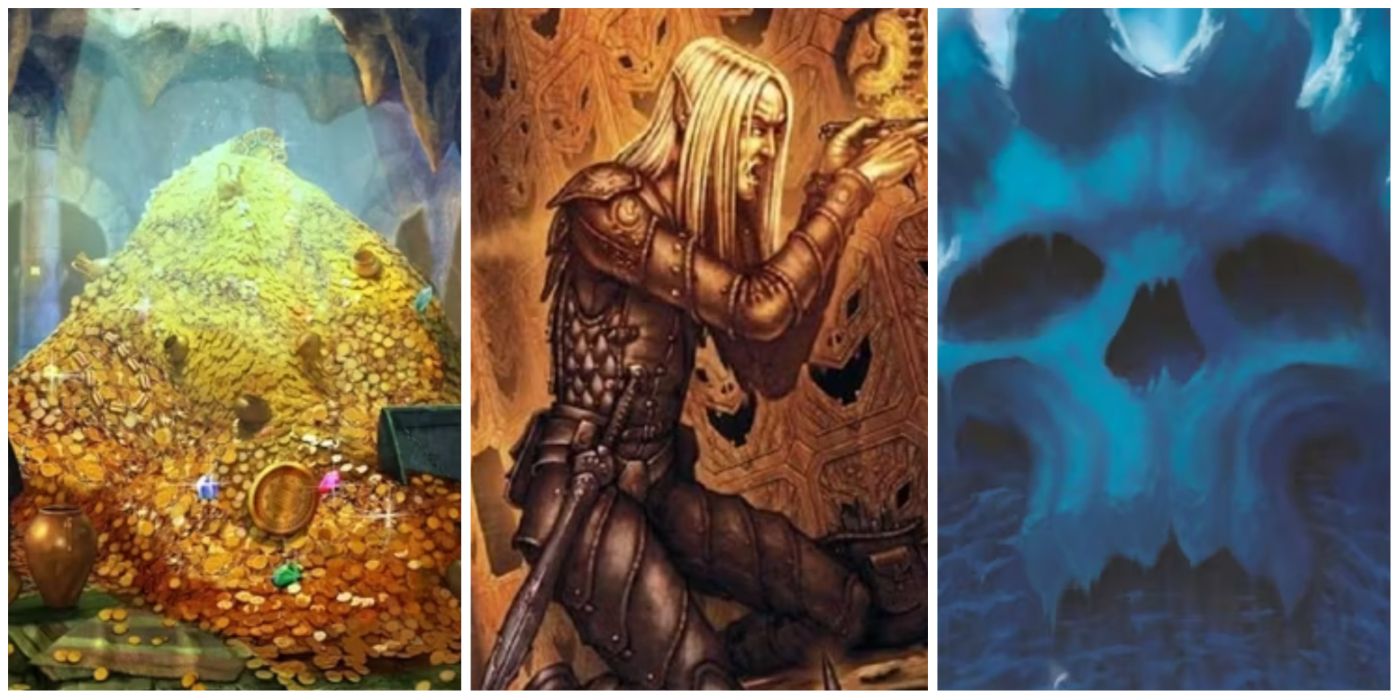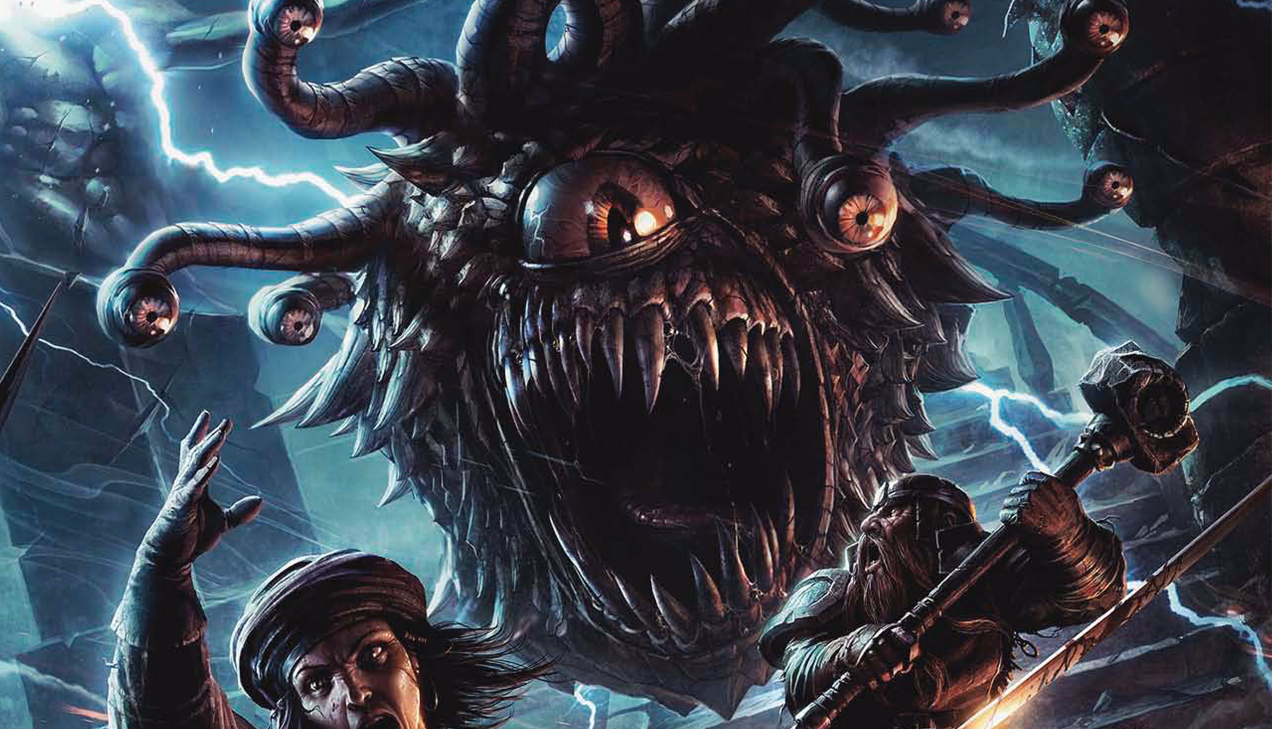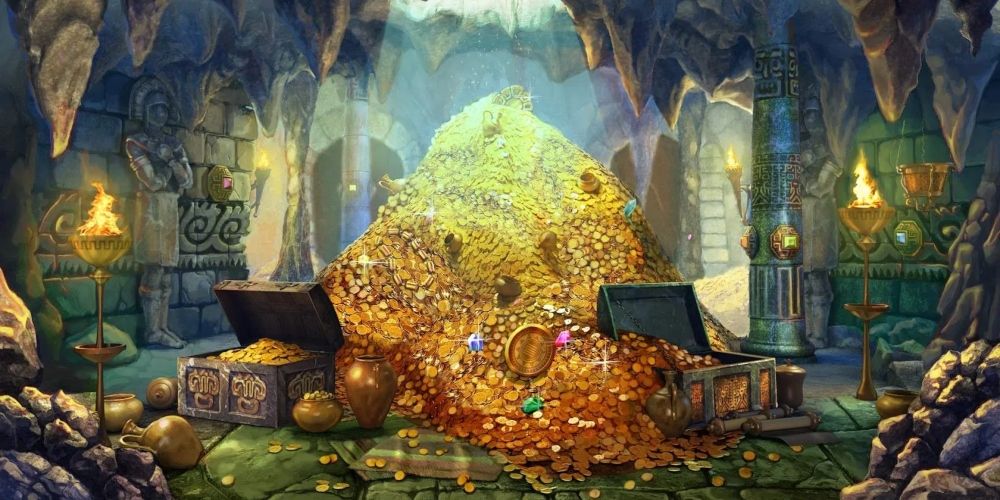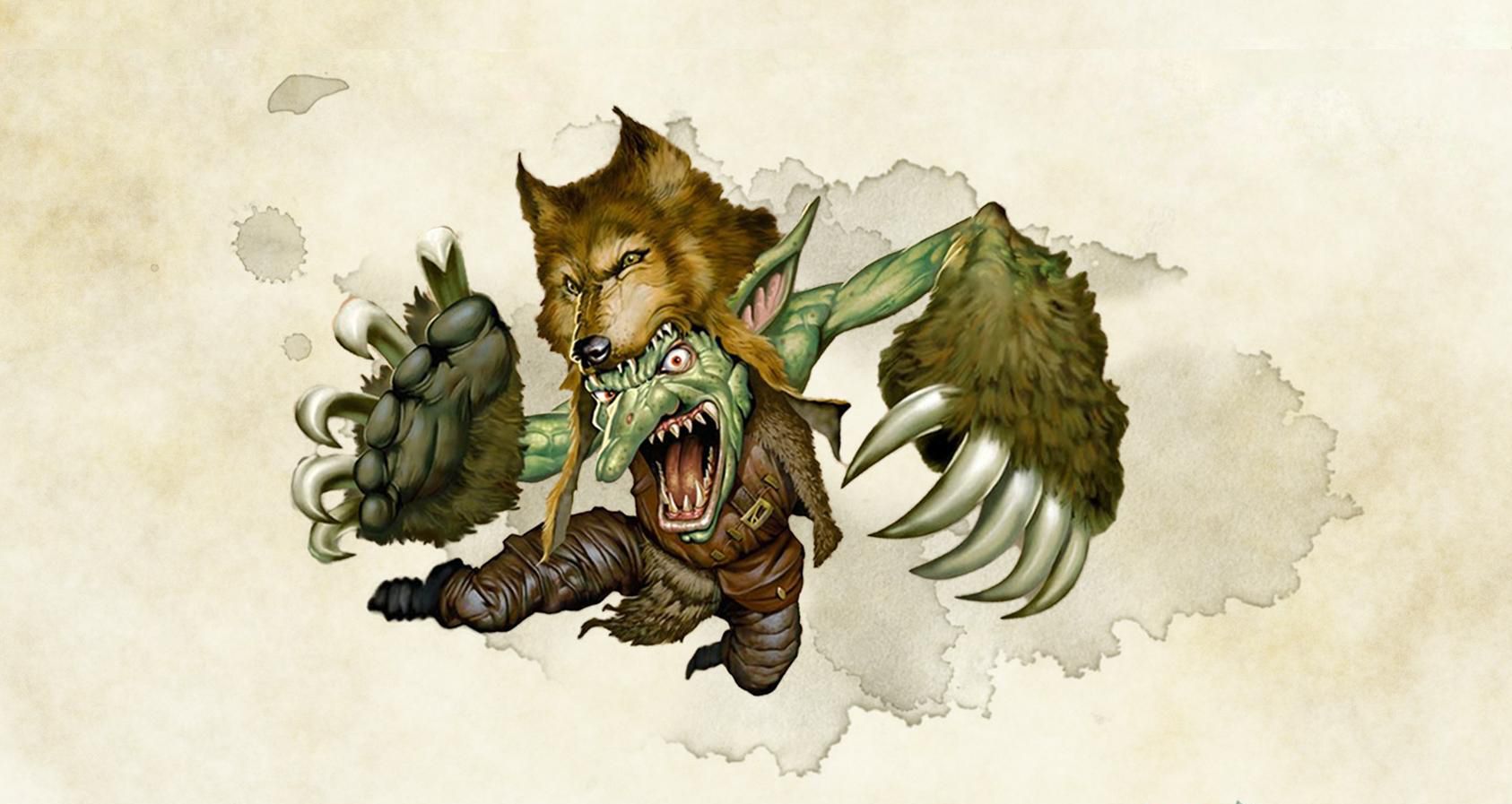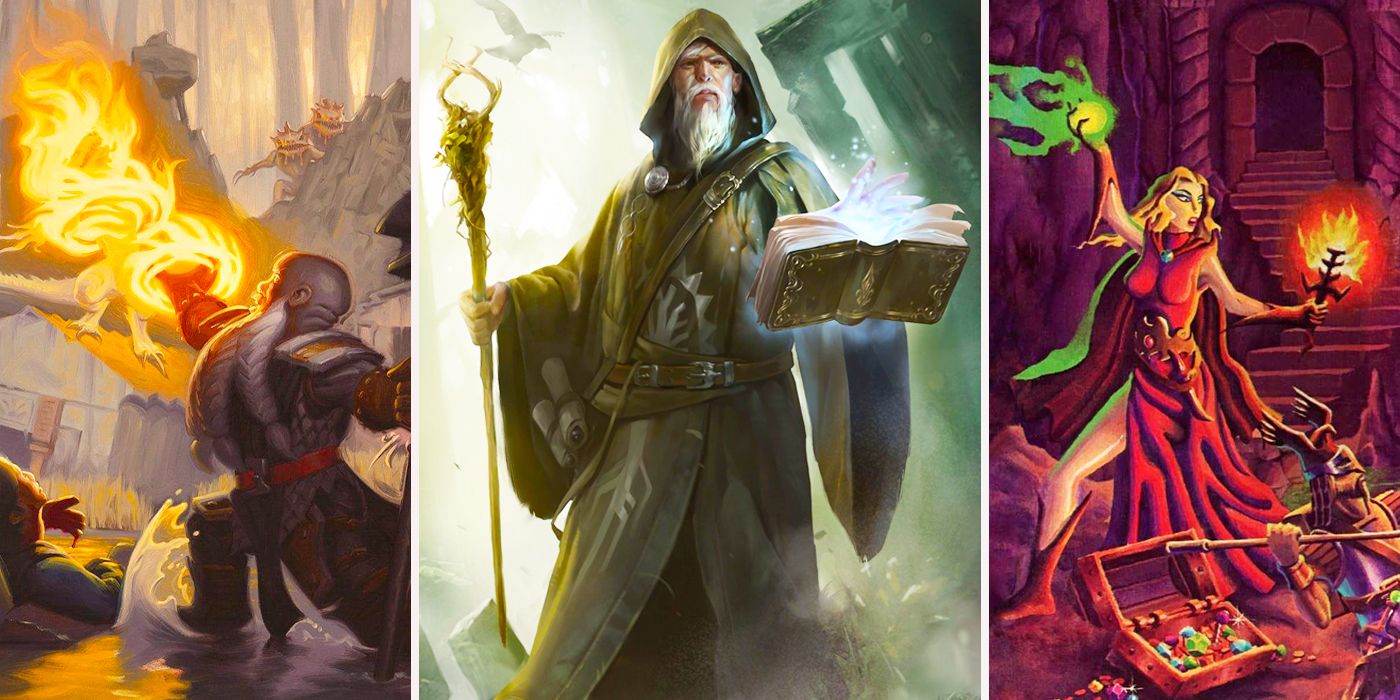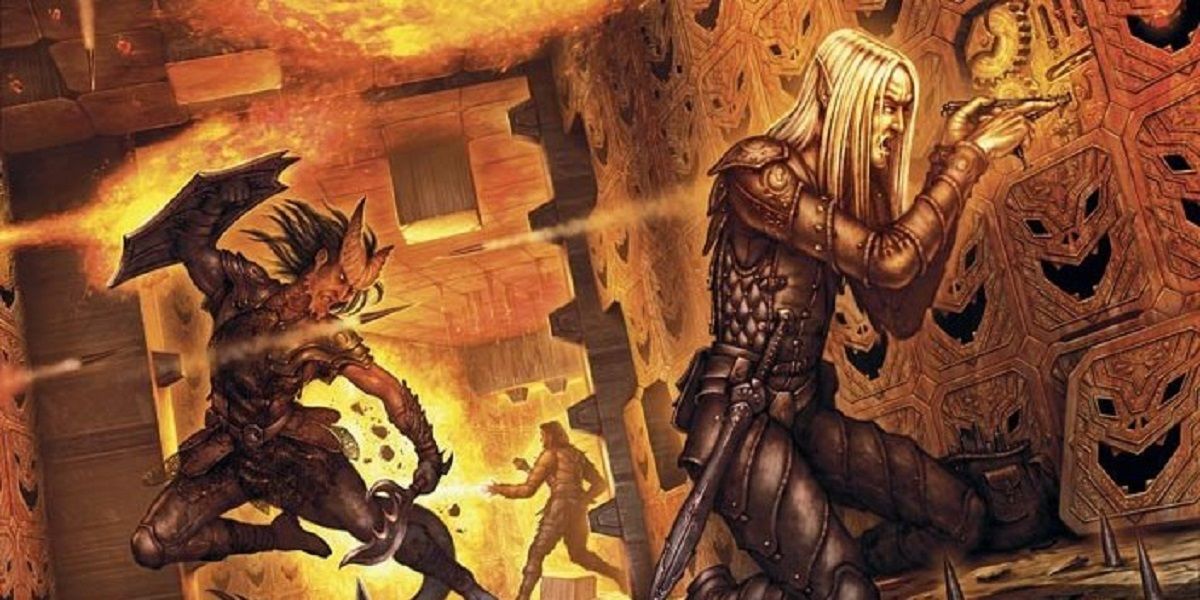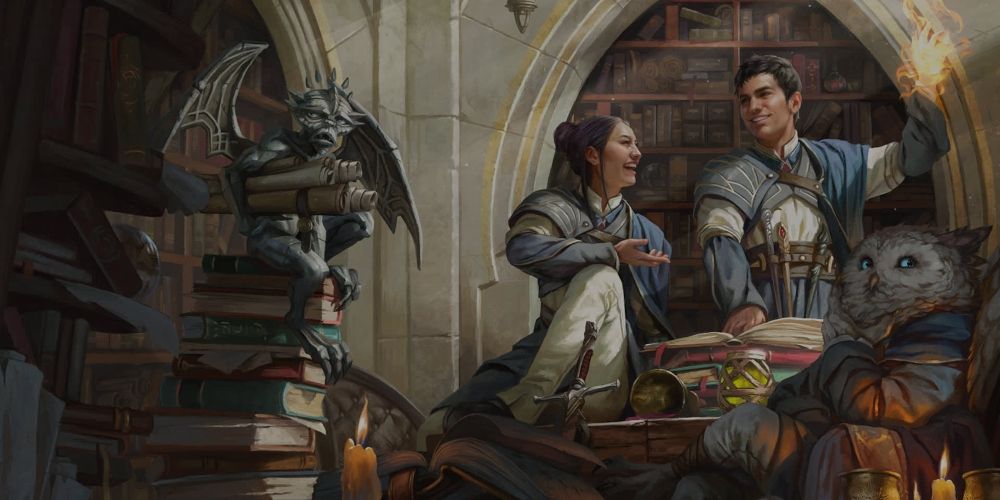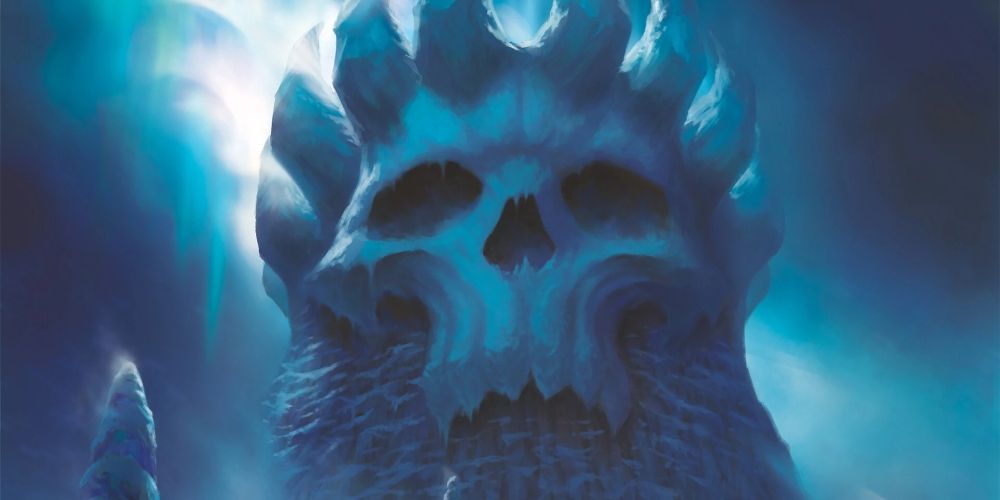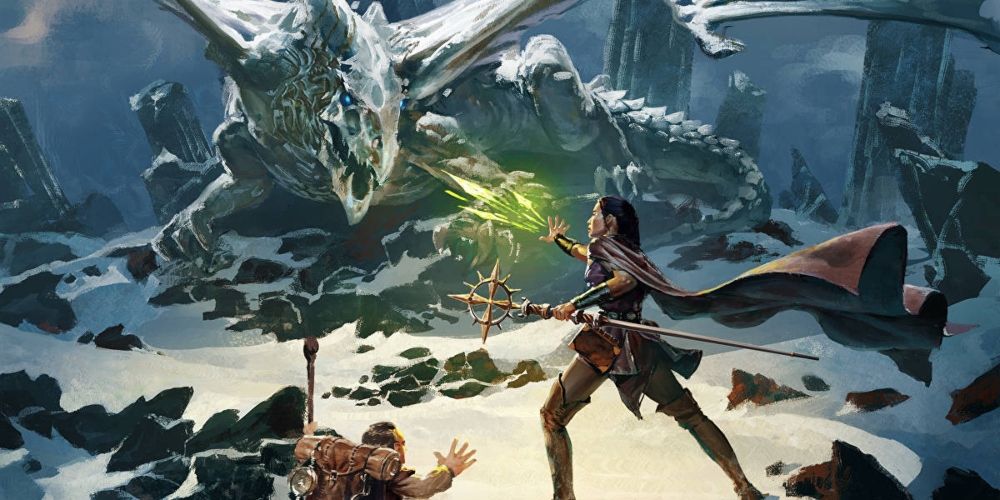A key component of being a Dungeon Master in Dungeons and Dragons is the ability to create side quests for the party. These serve to flesh out the game world and give the players more options than simply following one story path throughout. A good side quest is a welcome change of pace to give the game some more variety.
A campaign consisting of just the main quest is possible, but many players welcome the chance to try something a bit different. Some DMs may struggle with creating side quests that fit well into their campaign, but there are some easy tricks that can make side content every bit as fun as the campaign's main story.
Updated 19th of July, by Isaac Williams: Side quests are as important as any other type of content in Dungeons & Dragons, and preparing them well can be as impactful to the enjoyment of the table as prepping the main storyline. As such, this list has been updated to add even more guidance for DMs when it comes to making compelling side content.
12 Know The Players' Tastes
One of the biggest duties of a Dungeon Master is knowing and reacting to their players. Some players enjoy combat-heavy campaigns, while others prefer the rigors of detective work or the intimacy of social interactions - with most D&D players falling somewhere in the middle.
Knowing where players fall on this spectrum and creating content around that - be it for the main quest or side content - is an essential part of DMing. With the interests of the players in mind, a Dungeon Master can be assured that, if nothing else, their players will find something within a side quest enjoyable.
11 Use A Different Type Of Antagonist
While the players are the most important creatures in the world of Dungeons & Dragons, the monsters they face are essential as well. There are several books full of creatures and enemies for the players to encounter, so most DMs will never get the chance to use even a fraction of them in an ongoing campaign.
Side quests are a perfect time to try something new. Using a new type of creature allows the DM to experiment with different creatures and their mechanics. It can also be a welcome change of pace for the players to have an adventure spent fighting undead in a campaign themed primarily around dragons.
10 Aim For A Smaller Sense Of Scale
Side quests shouldn't be unremarkable or boring, but they also shouldn't often be more significant or important than the main quest. They're side content, and they shouldn't threaten to eclipse the major events that the campaign is built around.
If every direction the players turn has some epic, world-shaking happenings going on, then players may become used to them, or even bored, and find the campaign's main quest less interesting. Keeping side content to a smaller scale helps it be fun while also ensuring the game's more major events shine.
9 Make Them Rewarding To Play
It can be a chore for a DM to decide what loot they want to give players. While too much loot can make the player characters more powerful than the DM wants to deal with, too little can make players feel unrewarded for their efforts. There is a balance to be struck, and it's different at every table.
However, side quests often benefit from coming with loot. Players often have to go out of their way to engage with them, and so many DMs like to give them some reward for doing so. It doesn't even have to be particularly powerful - some of D&D's more unusual and interesting magical items will often do the trick.
8 Come Up With A Compelling Hook
An essential component to almost any quest is the hook. Be it hunting pirates, protecting a town from invasion, or exploring an ancient crypt to find an artifact, a quest should be centered around its main point, the very thing that will attract players.
Writing a good hook requires knowledge of both the players and their characters. The best DMs create hooks that the character will want to follow and that the player will be interested in. Almost any idea can be turned into a compelling quest hook, as long as the DM finds a way to make it work in the world. A fun side quest can come from nearly anywhere.
7 Decide If It Will Be A One-Off
There is no set pace to a Dungeons & Dragons campaign, be it the main content or side quests. The DM and the party can take as much or as little time on things as they like. While a campaign typically has a main story arc, there is no reason that side content can't have its own, supplementary storylines to fill in the game.
Not all side quests need to be four-adventure epics that form a complete other story happening within the world, but they also don't have to be individual sessions the players do before returning to the main story. Either approach is good, and the DM is free to decide how they want to do things before the quest begins - or see how things pan out with the party.
6 Consider Easing Up On Difficulty
The best difficulty for a D&D campaign is an entirely subjective matter, and there is often a balance to be struck between the players and the DM. Lethally difficult campaigns where traps and near-impossible encounters lurk around every corner are extremely popular, as are more casual campaigns where the players can be sure of success.
In side content, however, DMs may wish to consider easing up on how hard their campaign is. Players can be satisfied with a heroic death in the main campaign, but might feel disappointed by dying in a less-important adventure. However, this is entirely down to table preferences. Some players enjoy a game where characters can die at any point, and for some players the promise of an extra-hard challenge may draw them to a side quest in the first place.
5 Characters' Pasts Can Be A Goldmine
Not every D&D character has an extensive and detailed backstory, but often players will include at least a few lines explaining their characters' origins. This can be difficult - but not impossible - to weld into the game's overall narrative, so side content can provide an invaluable place to explore a character's backstory.
Whether they return home, are asked to help somebody from their past, or receive a lead on their lifelong obsession, many players will jump at the chance to delve into their character's past. They can serve as readily-available side quests, while also giving one player a chance in the spotlight - as long as it's shared fairly.
4
Use Side Quests To Give Impactful, But Not World-Changing Choices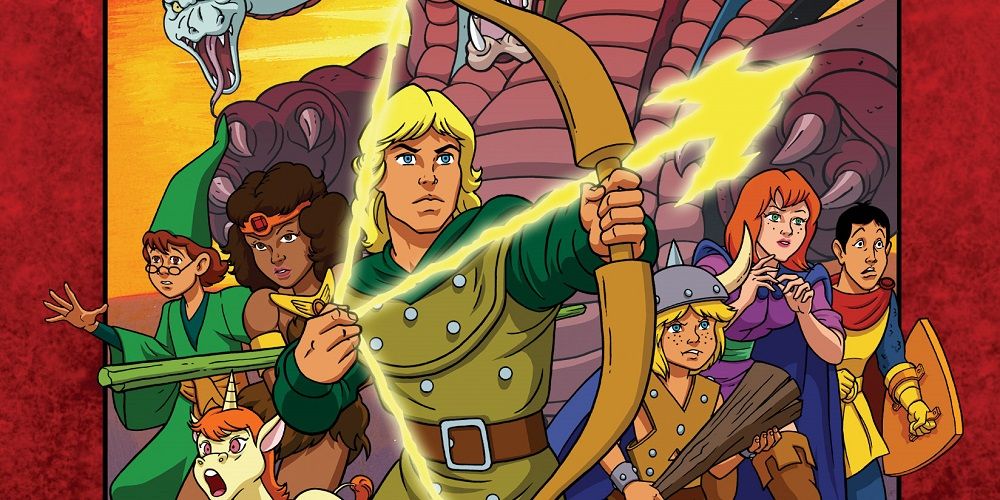
There are a number of reasons people play Dungeons & Dragons, but a fair few players enjoy watching their characters develop and grow. Sometimes, this can result in entire shifts in alignment as players make choices that redeem them or damn their character.
While the main story will likely include some major, character-defining moments, sidequests can be a useful time to gauge and test character development with smaller choices. Helping downtrodden thieves or handing them to the guards isn't a choice that will shake the world, but it can shake characters to their core.
3 Expand Upon The World's Lore
Whether a DM uses an official D&D campaign setting or their own homebrewed world, there is likely a huge wealth of information that players won't have access to. There might be deep-held secrets that only a few NPCs know, or even simply unique worldbuilding quirks that haven't had a chance to shine yet.
DMs often have plenty of lore they want to share with their players, but that their players don't know to ask about. While it can be fit anywhere in a campaign, side content can be the perfect place to add those bits of in-universe information the DM wants to get across. Furthermore, they can allow a DM to not just tell the players about the world but show it to them instead.
2 Consider A Change From The Campaign's Typical Gameplay
Most D&D campaigns will include a mixture of combat, intrigue, dungeon-crawling, and exploration, but they will often lean more towards some than others. One potential use of side quests is to change up how the campaign normally plays to provide some variety and a fresh challenge.
A combat-heavy campaign could benefit from a murder mystery side quest, letting the players test themselves in another environment. Likewise, in a more socially-oriented campaign, it can be fun to just delve into a dungeon full of foes. It depends on player tastes, but a side quest veering away from the campaign's standard can make for a fun and memorable session.
1 Tie It Into The Main Storyline
There doesn't have to be a sharp boundary between a campaign's ongoing storyline and side quests. They all take place in the same world as part of the same campaign, so they can have connections both subtle and overt.
Side quests can spring from the events of the main quest. They can have ancient ties to the ongoing storyline. They can feature characters from previous adventures. There are any number of ways to link a sidequest to the ongoing narrative while keeping it as its own entity, and they can serve to make the D&D world feel truly alive.

